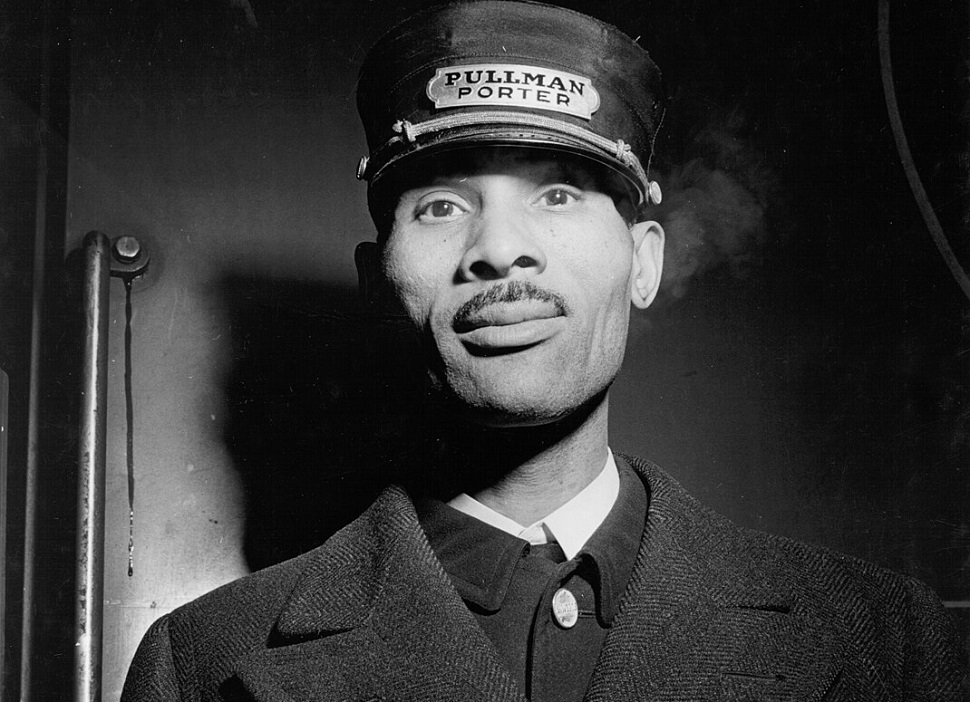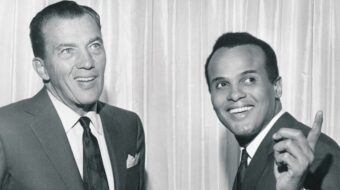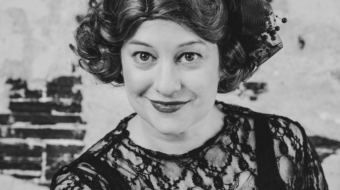
Last summer, the American Historical Association’s former president, James H. Sweet, issued an apology. Expressing regret for “the way I have alienated some of my Black colleagues and friends,” Sweet walked back a claim he had earlier made that characterized as “anachronistic” and essentially clout-seeking those historians who mixed the personal with the historical. Good historians, he had incorrectly insisted, don’t judge past atrocities, and they don’t try to explain how past oppressions continue to influence present-day society.
Sweet, who is Euro-American and teaches African history, felt obliged to say “sorry” specifically to Black historians after many stated that his comments seemed complicit with anti-Black racism. Historian Keisha N. Blain wrote that “Black historians have long recognized the role of the present in shaping our narratives of the past. We have never had the luxury of writing about the past as though it were divorced from present concerns. The persistence of racism, white supremacy, and racial inequality everywhere in American society makes it impossible to do so.”
There simply is no such thing as a values-free, objective history. History is always written and read within the ideological constructs of the present, including how historians themselves experience social relations of production and oppression. And, yes, social systems of oppression continue to twist and demean the lives of workers and racially and nationally oppressed people today, despite enduring struggle and even some important changes in the system. Pretending that there is some clear dividing line between past and present is itself bad historical thinking. Denying the very real connection between personal experience and the abstract power of a social system is ideological work that hides reality.

The arrival of Black Folk: The Roots of the Black Working Class, through its successful writing, its painstaking documentation, and exceptional narrative structure, provides a stunning example of what Blain was talking about. Though Blair LM Kelley probably never planned this book as a reply to Sweet’s poorly considered claims, her blending of personal history and her revelatory links between past and present exemplify a better way to study and write about history.
Black Folks opens with a story about how and why some of her ancestors chose to leave their Southern homes in the early 20th century, a story that serves as a narrative thread throughout the book. Her great-grandfather Solicitor Duncan, a minister and sharecropper, left his Georgia home after becoming fed up with a system of debt peonage. That system, governed by racist white supremacy, denied compensation for his family’s hard work while enriching the landowners who controlled the agricultural market, the credit system, and the local stores. Like many hundreds of thousands of Black people, Duncan brought his family to a Southern city, looking for work and the safety an urban Black community might provide.
They left in advance of the six million Black people who would leave the South between 1910 and 1970. By the 1950s, mass migration had radically changed the composition of the former agricultural-based class of sharecroppers and farm laborers into a class of urban, industrial, government, and domestic service workers. Many never left the South, while millions followed well-worn paths to Philadelphia, New York, Cleveland, Detroit, Chicago, and Los Angeles, among scores of other cities and towns. They relied on networks of family, friends, and Black-controlled media for information about where to find jobs and housing.
Black Folks is a study of the struggles of Black men and women who found jobs as Pullman porters, laundresses, maids, and postal workers. In detailing the personal experiences of workers such as letter carrier Hartford Boykin, domestic worker Minnie Savage, washerwoman Sarah Hill, porter C. L. Dellums, and several others, Kelley also links them to members of her family, John Dee Duncan, Brunell Raeford, Henry Rucker, and Joseph Rucker, who also had similar occupations.
Even though much of the book is based on personal accounts gathered from oral histories, Kelley embeds them in the historical context that shaped so much of their typicality. With each portion of the book, she effectively knits the historical, structural, and personal with detailed accounts of the collective struggles of African-American workers for self-defense, better work and conditions, fairer treatment in society, and political power. Each section also relates those personal experiences to a larger struggle to organize unions.
For example, C.L. Dellums’s confrontations with racism as a Pullman porter ripen into an account of the years-long battle to win the Brotherhood of Sleeping Car Porters’ Union’s first contract in 1936. Minnie Savage’s struggle to win personal respect and fair pay from her overbearing employer flows into an account of the eventually fruitful struggle for the Domestic Workers’ Union that same decade.
This book’s loving reconstruction of the aspirations and struggles of the people is founded on Kelley’s assertion that though they were almost exclusively seen as the work they were tasked with or as stereotypes that lived in the imaginations of white employers, Black people were more than their jobs. Black people’s labor power was desired, and the things they made brought huge wealth to Euro-Americans who controlled land, industry, and resources. But these same employers did not value Black lives. To protect and uplift their humanity, Kelley shows, Black people made communities “informed by care for themselves and others, shaped by a dignity that could be shaken despite the circumstances.”
Kelley teaches us that even in the nadir of Jim Crow, Black people always resisted, despite the danger to their lives and their property. The Black people of Onancock, Va., a community of farmers and fishing people, are a good example. In the 1890s, Samuel L. Burton and James D. Uzzle opened businesses there that threatened the power of the white landowners who dominated the eastern peninsula of Virginia, Maryland, and Delaware. Burton started a grocery store that gave sharecroppers fairer credit terms and lower prices than white-owned stores that typically collaborated with landowners to keep sharecroppers in debt and tied to the place year after year. Uzzle started a newspaper that directly linked Black farmers with the outside world, often encouraging independent political action and economic strategies.
By 1907, Burton’s and Uzzle’s efforts had led to wide resistance against racist exploitation. The story about Black resistance in Onancock made the New York Times, which lamented waning white power. Perhaps out of a mix of revenge and an attempt to restore white power, gangs of Euro-American thugs roamed through the Black section of the town threatening and beating Black community members. When the people armed themselves to fight off the gangs, the landowner-backed mob with support from the cops descended on the town with fresh waves of escalated violence. Many Black people were forced to flee permanently, and the store and newspaper were destroyed.
Black Folks also recovers a submerged history of Black postal workers, such as Hartford Boykin, Hermann Marion Sweatt, and Amzie Moore, who struggled with their union siblings in the postal workers’ unions for workers’ rights. They translated their victories into political agitation for Southern Black voting rights, years before the SNCC-led Freedom Summer of 1964 began finally to break the back of Jim Crow apartheid.
The book’s in-depth research, absorbing narrative, and deeply personal approach reveal the inherent error of trying to divorce history from present realities. This study of Black workers’ aspirations and struggles paints a vivid picture of the deep impact of racial capitalism’s exploitation and oppression. It also celebrates the enduring tenacity and audacity of the African-American community in the face of systemic harm. This book testifies to the fact that Black history is not just a study of the past but an ongoing narrative. All of us—perhaps especially those of us of Euro-American heritage and working-class origin—have a duty to learn and internalize how these events continue to shape the present and may inform our aspirations for a more just future.
Blair LM Kelley
Black Folk: The Roots of the Black Working Class
Liveright Publishing, 2023
352 pages, $30
ISBN: 978-1-63149-655-4
We hope you appreciated this article. At People’s World, we believe news and information should be free and accessible to all, but we need your help. Our journalism is free of corporate influence and paywalls because we are totally reader-supported. Only you, our readers and supporters, make this possible. If you enjoy reading People’s World and the stories we bring you, please support our work by donating or becoming a monthly sustainer today. Thank you!










